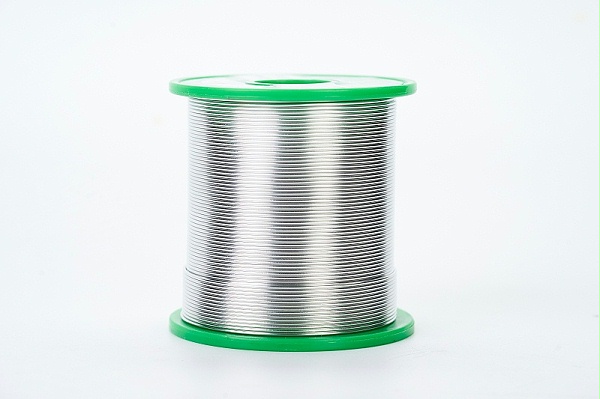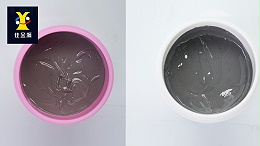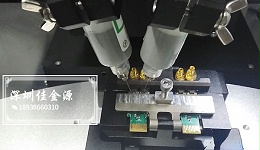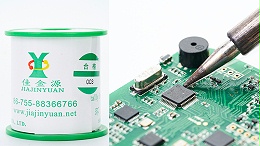
Lead-free solderingWhat kind of problems are generally encountered in reproduction? Many factory staff members often encounter such problems and have no idea how to deal with them. During the production process, various minor issues arise, and they don't know how to solve them, which leads to unnecessary delays in the process. Let's take a look at what problems usually occur below? The editor of JJY Solder Paste Factory leads everyone to learn about it:

At present, the electronic manufacturing industry is in a special stage of transition from lead-based to lead-free soldering. From the perspectives of environmental protection, legislation, market competition and product reliability, lead-free soldering is imperative. At present, lead-free soldering is still in the transitional and initial stage. Both theory and application are not yet mature. There are no standards in terms of lead-free materials, printed circuit boards, components, testing, and reliability. Due to the mixed use of lead and lead-free, especially when the components at the lead-free soldering end use leaded solder and leaded processes, serious reliability problems may occur.
Common problems in lead-free soldering processes:
Insufficient metallic activity: Generally speaking, for tin wire lacking lead, depending on the difference in composition, the melting point should at least be raised20~45℃As a result, the temperature setting of the soldering iron tip also needs to be increased accordingly. As the temperature rises, the evaporation rate of the flux also increases, and the flux determines the metal activity after the tin wire melts(Liquidity)The key factor. Excessively high temperatures cause the flux to evaporate too quickly, which directly leads to insufficient fluidity of tin, resulting in tin tips, tin Bridges or wire drawing and other serious defects that affect the soldering effect.
Using automatic welding equipment: Automatic welding is different from manual welding. Due to the precise position and rapid movement of the mechanical arm, once the parameters are set and fixed, they almost do not need to be changed. There will be no damage caused by the continuous processing of the high-temperature soldering iron tip on the object to be welded due to the first unsuccessful welding.
Change the specification of the solder wire: The specification of the solder wire in automatic soldering is different from that in manual soldering or wave soldering. The proportion of tin in some cases is much higher. In addition, the content of flux in the solder wire also has a decisive impact. Therefore, when choosing the solder wire for automatic soldering, special attention should be paid. Do not let the wrong selection of materials nulicate the precise soldering effect of the equipment. JJY has a lot of experience in this area and can provide you with many different specifications of solder wire.
Using non-contact automatic soldering equipment: Some soldering processes, due to various restrictions, cannot use soldering iron tips for soldering or fail to achieve the desired results. At this point, a "non-contact" laser can be considered(Laser)Welding equipment. Many fine soldering points that cannot be processed with soldering iron tips can be considered for laser soldering with fine-tuning power. However, since non-contact soldering processes have many variables, it is necessary to measure them in practice to obtain sufficient parameters for careful evaluation.
High-temperature environments produce oxide layers: In fact, even for lead-containing solder wires in the past, as long as the soldering iron tip was kept in a working temperature environment for too long, a layer of charred oxide would form at the front end of the soldering iron tip. This phenomenon is more severe in the lead-free soldering process, occurring at a rate several times that of leaded soldering. Moreover, the oxides produced by the interaction between this metal and the flux in a high-temperature and oxygen-rich environment can significantly affect the normal solder intake at the front end of the soldering iron tip. Even if the amount of tin at the solder joint has little effect, the residue of oxides at the solder joint has a significant impact on the quality of the soldering process.
The above-mentioned are some common problems encountered in the actual operation of lead-free soldering. Due to the fact that the domestic situation is inferior to that of foreign countries, it is very difficult to operate in this aspect. Nowadays, with the rapid development of society, it is also very easy to solve in China. Shenzhen JJY has carried out mutually beneficial cooperation with electronic raw material producers and also provides services for other enterprisesSolder wireProduction of solder rods, solder pastes and flux pastes; With a rich variety of successful cases in the research and development of chemical raw materials, our overall strength has created a sales market that is of high quality and honest and trustworthy.



